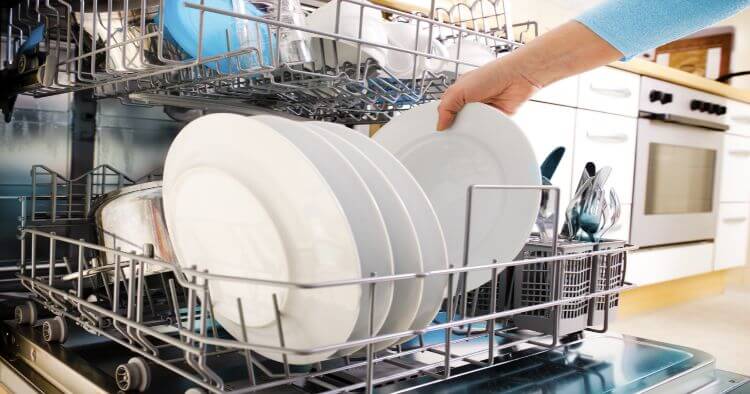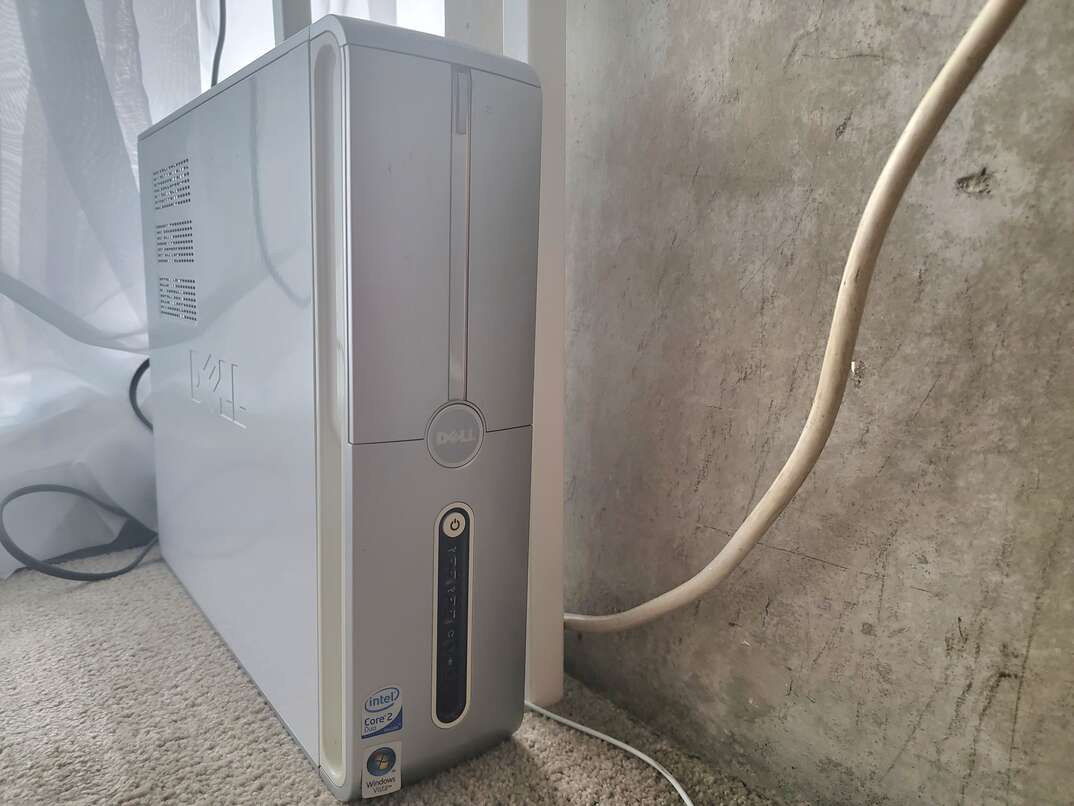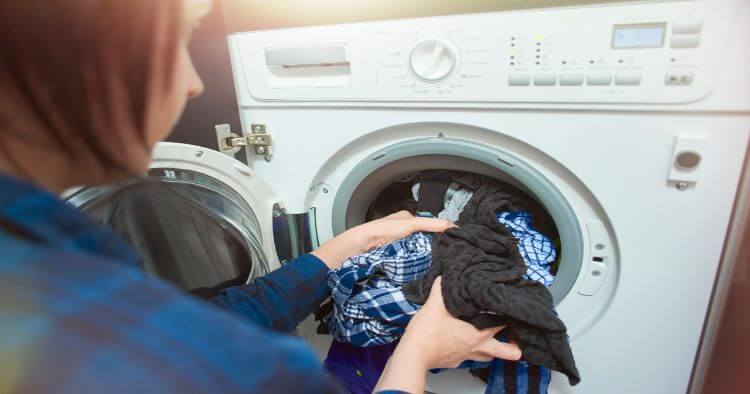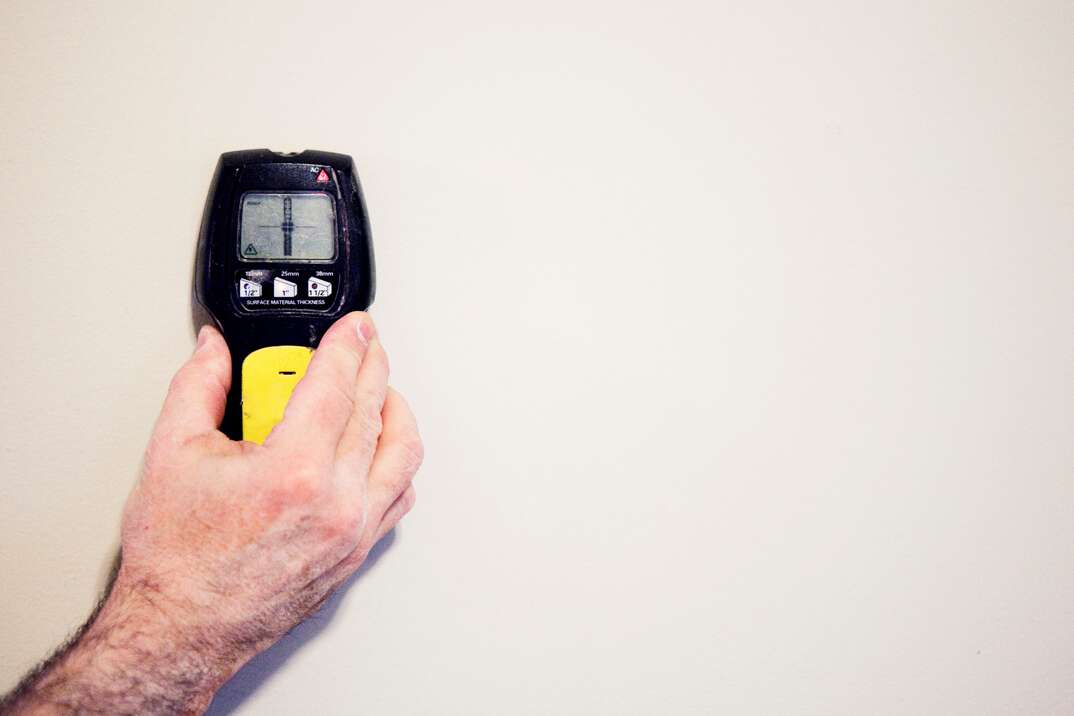How to unclog a Dishwasher

How many of you would be absolutely lost without your kitchen dishwasher? Show of hands. (C'mon, don't be shy – my hand is lifted high in the air right now.) When my dishwasher refused to drain and started to leak soapy water all over the kitchen floor – I was not a happy homeowner.
Since I really don’t want that to happen again, I decided to research some ways to diagnose - and treat - a clogged dishwasher. Here’s what I found:
Figuring out what's wrong
A dishwasher that's malfunctioning in one way or another usually falls into one of the following categories:
-
Clogs:
According to The Home Depot, clogs usually affect a dishwasher's drain or its drain hose - or even a garbage disposal, if your kitchen has one installed under its sink
-
Filters:
If you put dishes in that haven't been properly rinsed, some of the grease and food bits that were stuck to them may find their way into the dishwasher filter and get stuck, especially if the appliance has a clog in another one of its parts. Buildup in the filter exacerbates all of the other problems.
-
Air gap issues:
There's a component usually found behind the sink and close to the dishwasher's drain hose that you may not be aware of. But it has a vital role in successful wash cycles - the air gap cylinder. During the wash cycle, it prevents the sink's wastewater from entering the dishwasher while also guiding clear warm water in the right direction. It's just as susceptible to buildup of random gunk as any other valve or drain.
-
Component wear and tear (or failure):
The drain of the dishwasher requires quality operation from its solenoid and the drain hose clamp to work properly. But like the parts of any other appliance, these components can wear out over time and may eventually stop working completely.
DIY dishwasher repair
More often than not, there are many ways to handle DIY maintenance issues around the house. When it comes to DIY dishwasher repair, take this advice:
- As with all DIY appliance repair, turn off the dishwasher and make sure it's unplugged. (If you have a garbage disposal, be sure to do the same.)
- Find and check the drain hose, using the appliance's owner's manual to track it down if you aren't sure where it is. If the clog is there, use a DIY wire hanger drain snake to clear it.
- Examine the drain next, including the catch and filters, and remove any obstructions you find.
- In the event you can't seem to find the clog, pour one tablespoon of baking soda down the drain and follow up with two tablespoons of vinegar. This should eradicate the sources of most minor to moderate obstructions. (It's also not a bad idea to do this as a follow-up after removing a clog manually.)
- If the clog is in your garbage disposal, you can use a chemical drain cleaner, but be extremely careful when doing so. (NOTE: Don't use these substances in the dishwasher because they can erode the various plastics in the appliance.)
- Last but not least, if your air gap was the problem, you can clear that out with your DIY snake.
When none of those remedies seem to work, it's time to call in the repair professionals to help examine the dishwasher components or perhaps suggest replacing the whole thing.
Being prepared ahead of time for any appliance or home system breakdown is a good idea. Plans from TotalHome Warranty from HomeServe can help with the costs of covered repairs.




